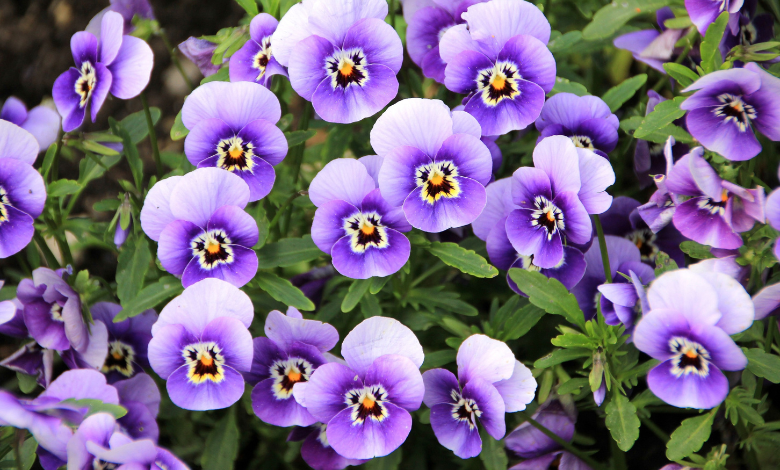Entertainment
Get ready for spring

Keep winter annuals flowering by feeding them with a liquid fertiliser every two weeks and increase watering as temperatures start to rise and the days lengthen. Removing the spent flowers will encourage them to keep on flowering.
We’re planting … Lavender ‘Meerlo’ (Lavandula x allardii) which has variegated green and creamy yellow leaves that are unlike the usual silvery green lavenders. The glowing leaves stand out from afar, making it a superb foliage plant for the garden all year round.
‘Lavender Meerlo grows into a compact bush that also looks good in a container. Like all lavenders its leaves are very aromatic and it produces light blue flowers in spring. Plant in sun or semi-shade and in soil that drains well. Once established ‘Meerlo’ is heat and drought tolerant. For more information, clink here.
Increase watering to once a week for most plants and fertilise all plants. Use the following granular fertilisers or their organic alternatives: 5:1:5 or 3:1:5 for flowers, 2:3:2 for shrubs and trees 2:3:2. Fuchsias like a nitrogen-rich fertiliser at the beginning of the season.
Sort out the soil
The more oxygen in the soil at root level, the better plants grow. Aerate the soil and raise the level of garden beds by digging in peanut shells or other organic matter, such as homemade compost.
Spring treatment for lawns
Scarify lawns that have a dense thatch of undergrowth. To do this rake the lawn to remove the thatch, then cut it down low with a lawn mower. Water well. Don’t fertilise until it starts to grow.
If the ground feels compacted take an ordinary garden fork and push it into the ground and wiggle it to loosen the ground. Do this over the whole lawn. Watering first will help.
If the lawn does not need scarifying just apply 5:1:5 fertiliser and water well.
Top dress the lawn if it needs to be levelled or hollows have formed. This only applies to Kikuyu. Top dressing LM grass or the cool season grasses like Shade over or All Seasons evergreen will kill them.
Vegetables
New Zealand spinach (Tetragonia tetragonioides) is an easy to grow leafy green that’s hardy and prolific even during midsummer. Plants grow about 30cm high and wide and are harvested by snipping off the young leaves or side shoots off the main stem.
Although this tetragonia spinach is not a member of the spinach (beet) family, its tender young succulent-like leaves taste like spinach and can be cooked like spinach. Like spinach, its leaves are full of fibre, antioxidants and Vitamins A and C as well as calcium.
For spring sowing, start the seed in seed trays as the soil is still too cool for in-situ germination. Keep the soil moist during germination and plant out seedlings towards end September.
Plant seedlings in soil that drains well and in a position that receives plenty of sun, with some afternoon shade.
Regular watering and fertilising with produce tasty green leaves. Frequent harvesting encourages plant growth and bushier plants. If left to go to seed, plants will reseed the following spring.
Other veggies that can be started in seed trays are bush and runner beans, beetroot, cabbages, celery, cucumber, eggfruit lettuce, marrows, melons, pumpkins, spinach and Swiss chard, tomatoes and watermelon
Start sowing spring vegetables in seed trays and keep them in a warm, sheltered corner.
Place the seedling tray in a large plastic bag, blow it up and secure it with a tie so the air can’t get out (as is done with cakes).The moisture and warmth are trapped in for longer. Keep the seed trays in a warm, sheltered spot. Check every now and then that the soil is still damp.
Keep watering winter veggies and stake up peas.
Garden housekeeping
Remove leaves from gutters and fix any broken ones. Why not call in a plumber to set up a system that div















